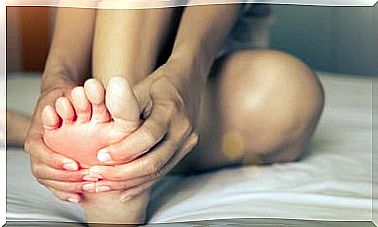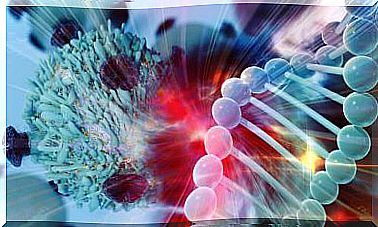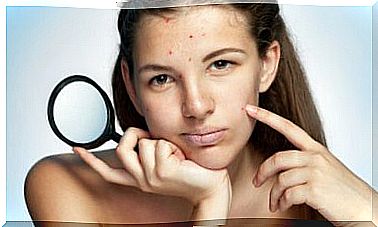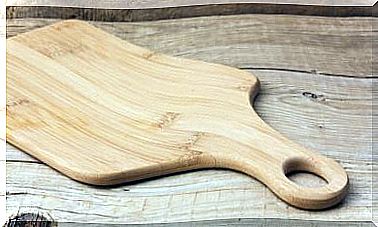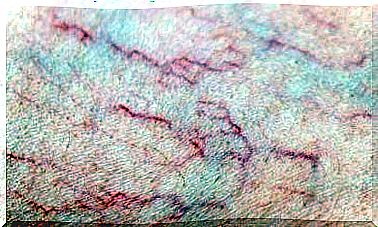5 Natural Solutions To Remove Ingrown Hairs
It is important to properly treat ingrown hairs to avoid complications, such as a bacterial infection, or cosmetic problems, such as darkening of the skin in the affected area.
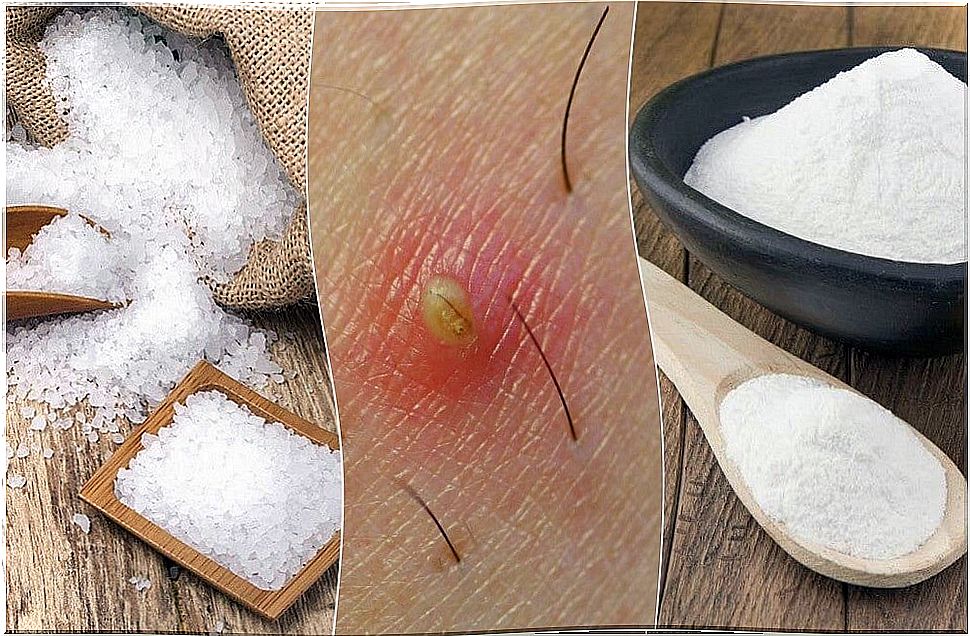
In order to choose a suitable procedure to remove ingrown hairs, we must first consider a few key aspects. Let’s see them below.
Ingrown or cystic hairs are those that, after being shaved, instead of growing outwards, grow under the skin. This can cause irritation, pain, and makes the skin look unsightly.
This type of problem is caused by an obstruction of the hair follicles that accumulate dead cells and sebum residues on their surface.
Are ingrown hairs harmless?
Anyone can have ingrown hair at some point in their life, especially if they have very tight curls or if they do not apply certain care to their skin before and after waxing.
Although they are considered harmless and usually appear sporadically, in some cases they become inflamed, red and filled with pus, making them uncomfortable and unsightly.
Causes of ingrown hairs
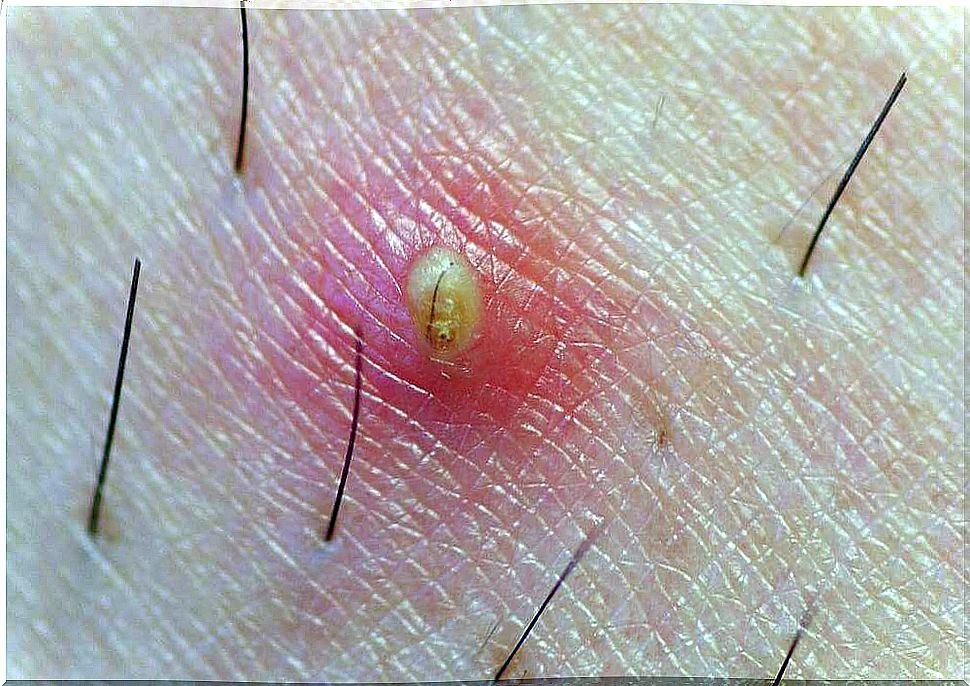
Ingrown hairs appear because, instead of growing upwards and outwards, they grow inwards and do not overcome the barrier formed by the dermis. This can occur from the accumulation of dead skin on the hair follicle or because the hair is too thick and curly.
Other associated factors:
- Tweezing.
- Dry skin shaving.
- Misuse of razor blades or machines.
- Stretching of the skin during shaving or waxing.
Ingrown hair symptoms
Ingrown hairs appear in areas of continuous waxing, such as the beard, legs and the pubic region.
Its main symptom is a small bump, similar to an acne pimple, which contains an embedded hair inside. It can also cause other annoyances:
- Pain or tenderness
- Itching sensation.
- Darkening of the skin.
- Redness of the skin.
- Small pus-filled lesions, similar to blisters.
Fortunately, there are several solutions of natural origin that can help to extract them without mistreating the area.
Natural solutions to remove ingrown hairs
To remove ingrown hairs, you can first do the following.
- Wash the affected area with a little warm water. Use a toothbrush (soft bristles) to gently massage yourself in circular motions to relieve inflammation and pain.
- Apply a chamomile compress for a few minutes.
- Take a sterile needle and insert it under the curls of the hair to carefully lift the ends of the embedded hair.
- It is advisable to stop shaving or waxing the area for a reasonable time, at least, until you notice an improvement.
According to popular wisdom, you can turn to the following natural remedies to treat ingrown hairs.
1. Warm compress
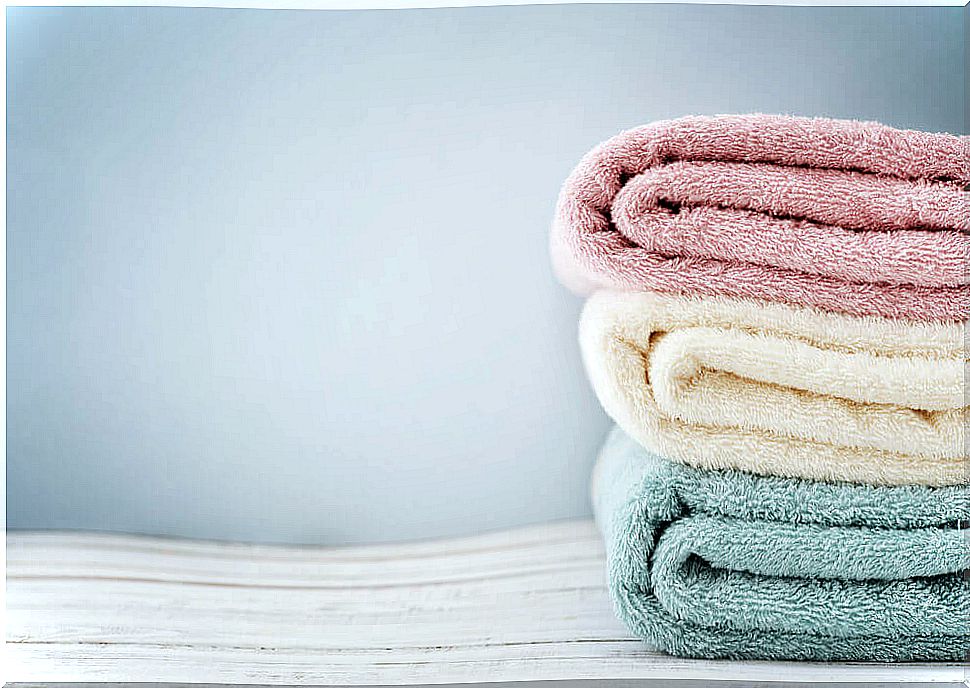
Applying a warm compress to the affected area can help soften the tissues around the inflammation, thus making it easier to remove embedded hair.
How to use it?
- Dip a cloth or towel in hot water and apply it to the affected area.
- Let it act for 5 minutes, rest another 5 and repeat the procedure.
- Perform this procedure several times a day, until the hair is close enough to the surface of the skin.
2. Sea salt
Sea salt is said to be a natural exfoliator that helps remove dead cells from the skin’s surface to restore the function of the affected hair follicle.
Exfoliation is also believed to help improve circulation and promote normal hair growth.
How to use it?
- Moisten a little sea salt with water and rub it, with gentle massages, on the affected area.
- Let it act for 5 minutes and rinse.
- Repeat the remedy every day, until the hair is removed.
3. Apple cider vinegar

Although this is not scientifically proven, it is believed that the organic acids in apple cider vinegar help reduce inflammation in the area where the ingrown hairs are.
How to use?
- Dip a cotton swab or cotton ball in apple cider vinegar and apply it to the embedded hair.
- Press it carefully and let it act for 5 minutes.
- Take a sterile needle and carefully insert it under the ingrown hair, carefully lifting the tip for removal.
4. Baking soda
At the popular level, it is considered that instead of vinegar, you can use baking soda. However, you must be very careful with this product, because if used in large quantities or too frequently, it could burn the skin and make the problem worse.
How to use?
- Make some baking soda paste with water and rub it on the affected area. It is not necessary to cover the entire skin area, but only the place where the ingrown hair is.
- Let it work for a couple of minutes and rinse.
5. Black tea

Black tea contains tannic acid, a substance believed to soften the skin while reducing inflammation and redness. Therefore, it is considered ideal for removing ingrown hairs.
How to use?
- Dip a black tea bag in hot water and let it steep.
- When it is warm, apply it on the affected hair and leave it to act for several minutes.
- Repeat its use 2 or 3 times a day.
What to do if these solutions don’t work?
In case the solutions have not helped you remove the ingrown hairs, it is best to go to the dermatologist. The professional will be able to provide you with the most appropriate treatment, not only depending on the ingrown hair, but also on your skin type and other important factors that must be taken into account.
Remember that it is very important that you do not manipulate the area with your hands constantly, or with any instrument (tweezers, pencils or other pointed objects), as this will only increase the inflammation.
If the pus ball bursts, the wound can become re-infected. Therefore, it is essential to avoid handling it and, if you have to, it should be done with clean hands and with alcohol and cotton on hand.
